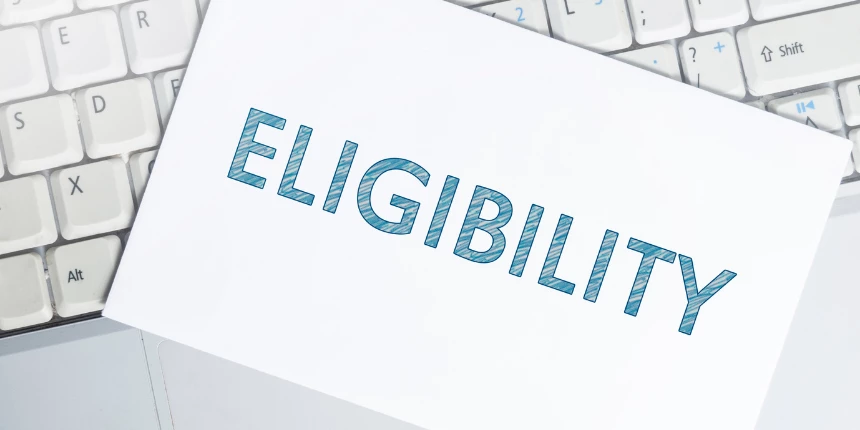Virtual Learning: Top 6 Things to Expect

Over the years, society’s dynamics have been changing to accommodate the expanding needs of man. Different aspects of life continue to embrace technological evolution, thus improving the quality of life. The education sector is one of the largest benefactors of technological intervention.
It opens up gateways to vast educational resources and connects educators and learners on a global scale. Thanks to technology, the learning process has shifted in dynamics over the years. The internet has paved the way for the Virtual Learning Environment, VLE.
What Is Virtual Learning?
In general, it uses the internet and technological software to deliver instruction and content to the learner. The web-based platform will offer activities, resources, and interactions within the course period as an educational platform. Also, there is a protocol and stages for assessment. Virtual learning is not confined to educational institutions, and learners can connect remotely with educators from any part of the world.
This education system is also known as online learning, given that it relies on the internet to achieve functionality.
Components of a Virtual Education Environment
Real-time communication- virtual learning relies heavily on a live, synchronized connection, which is achieved through either video or audio conferencing. However, the course work may involve pre-recorded material.
Learner administration and engagement- the educator, have access to the progress and achievements of the learner.
Communication and collaboration- other than live interactions, there is the utilization of many channels of communication such as chats, emails, and notices.
Curriculum planning- just like the physical education system, the educator has to plan, assess, and personalize each learning experience. Content management involves the overall process of creation, storage system, access, and utilization of available learning resources.
Administrative information- in a formal arrangement, the course will require prerequisites, registration, credits, contact information from the instructor, or physical sessions.
Assessment functions- it will include activities such as essay submissions, exams, and project presentations.
What are the benefits of virtual learning?
Flexibility
Virtual learning continues to gain popularity because it is flexible in terms of location and time. Thus, it can accommodate people with different schedules. For instance, working people can schedule a class during their lunch break.
Furthermore, Virtual learning eliminates the constraint of location, since you can take your classes from wherever you are, as long as you have an internet connection. A physical classroom setting lacks mobility.
Economization
For starters, setting up a virtual learning environment is cheaper compared to creating a physical learning setting. Furthermore, it significantly reduces the costs of getting around, both for the learners and the instructors. These expenses include travelling and accommodation costs, especially for learners.
In the cases where an instructor is hired for a short term basis, it is easy to eliminate extra costs such as plane tickets or hotel accommodation.
For institutions of higher learning, it is cheaper to embrace virtual learning environments. As such, they can comfortably accommodate more learners without incurring the cost of physical expansion.
Online resources are relatively cheaper to create, store, and access in comparison to other learning materials. Also, online resources allow a learner to enable the learner to acquire resources in parts compared to the physical resources, which are all or nothing.
Accessibility
Learners can access virtual learning regardless of location, so long as they have smart devices that can access the internet. Therefore, geographical constraints do not interfere with online studies, and learners can enrol at any institution of their choice. In addition, session absences due to reasons such as health or mobility are significantly reduced.
Global Networking
Even though social media platforms opened up the world, virtual learning systems are increasingly connecting the world on an intellectual basis. For instance, universities across the globe offer virtual programs to students all over the world.
As such, learners from different cultures offer different perspectives to every discussion. Therefore as a learner, you get insights on problem-solving strategies, attitudes, and business cultures from around the globe.
Such interactions will not only broaden perspective; they will sharpen your critical thinking skills. Global networking will open you up to opportunities as well.
Digitalization
With the increasing use of digital gadgets in the educational sectors, learners get to increase their skill and knowledge of technology. As a learner, virtual learning opens connectivity and interaction needs that will require to be solved. You learn how to use sophisticated gadgets, and as your knowledge increases, so does your confidence. The education system builds a solid foundation for digitalization and global connectivity by using technology in every aspect of the learning process.
Immediate Feedback
In virtual schools, you do not have to wait long to receive test results. Typically, tests are scored as soon as you submit them, and you can immediately know your scores. Most platforms offer improvement solutions, which is a bonus.
For some assignments, your instructor may require the use of a dropbox. Your instructor will give feedback either through videos or written feedback.






